FUT hair transplant: the original hair transplant technique now outdated
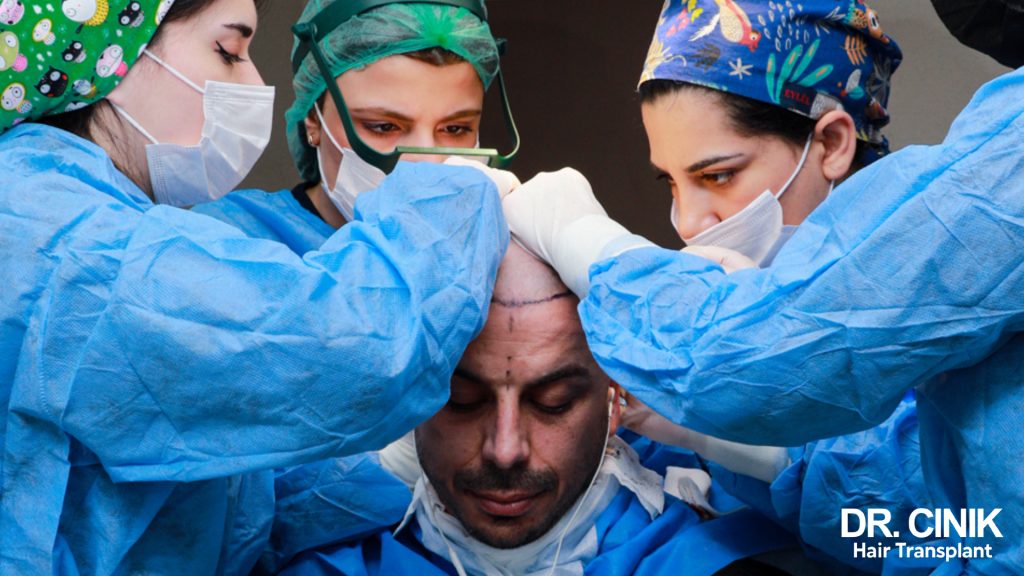
Sommaire
Once the most common method of hair transplantation, FUT hair transplantation has since given way to other, more effective techniques. Discover all the advantages and disadvantages of this technique and all the information you need to know about more modern techniques such as FUE and DHI.
Understanding the FUT Hair Transplant Technique
Follicular Unit Transplantation (FUT), also known as the “strip method,” was established in the 1970s as a pioneering technique in hair transplants. The process involves removing a strip of scalp tissue from the donor region, specifically within the Hippocratic crown located at the back of the head. The extracted hair follicles are subsequently transplanted to the most significant hair loss areas.

Detailed Breakdown of the FUT Hair Transplant Process
The FUT hair transplant process demands precision, proficiency, and dedicated expertise. Typically conducted as an outpatient procedure, it doesn’t necessitate a hospital stay. Administered under local anaesthesia, the procedure generally spans between four to six hours. Before the operation, a comprehensive consultation takes place where the patient’s hair loss status is assessed, and their specific expectations are discussed in detail.
Step 1: Patient Preparation and Positioning
The day of the procedure starts with patient preparation. The individual is comfortably settled into a reclining position on the operating table to ensure easy access to the donor area. The scalp, particularly the donor area, is then shaved down to approximately 2 millimetres to facilitate strip extraction and subsequent graft management.
Step 2: Donor Area Identification and Anesthesia Administration
In the second step of the FUT hair transplantation, the surgeon identifies and marks the donor area at the back of the head where the hair is genetically predisposed to resist hair loss. After the donor area is defined, a local anaesthetic is applied to ensure the patient’s comfort throughout the strip extraction process.
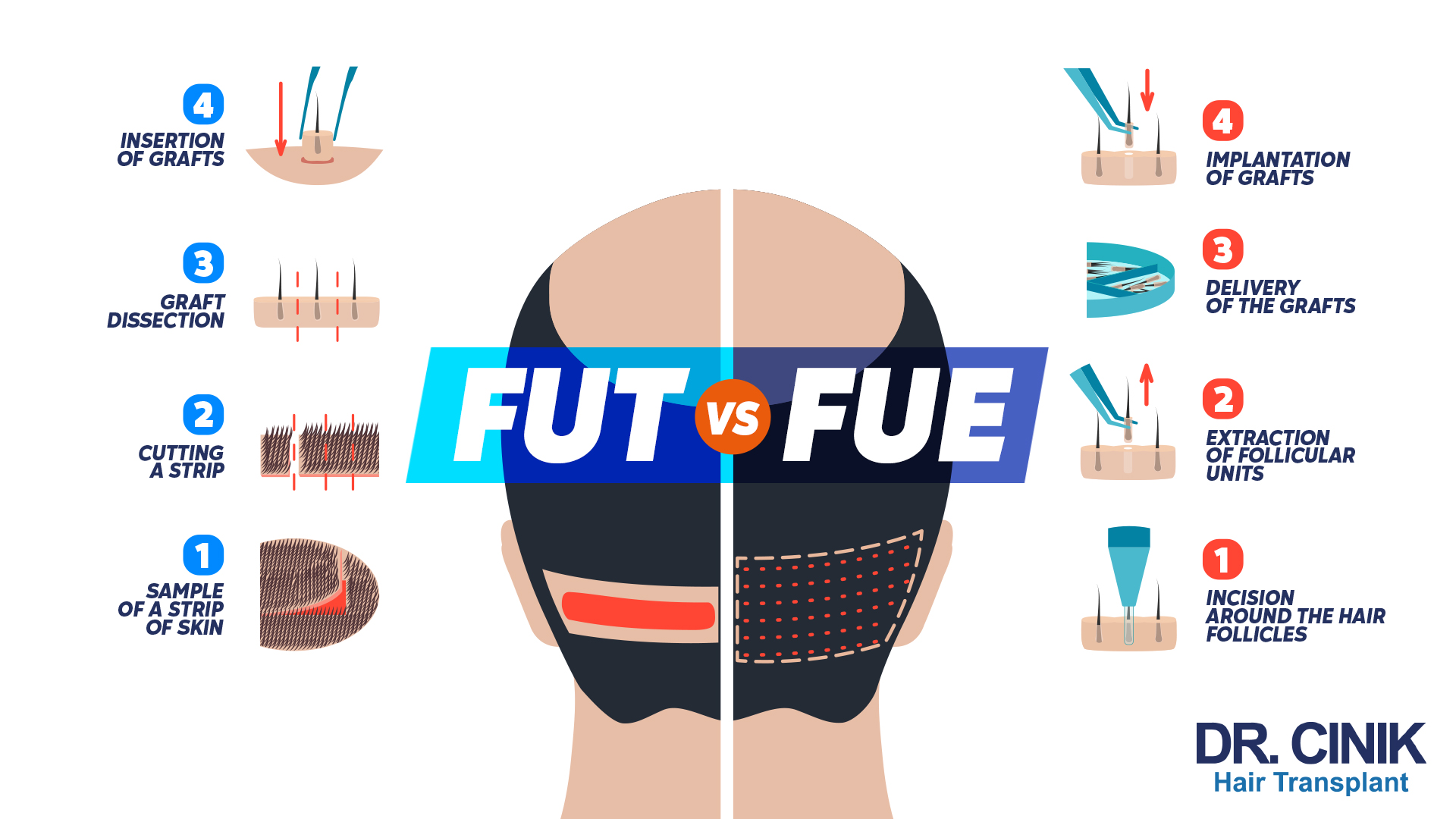
Step 3: Hair Strip Incision and Dissection
Post-anaesthesia, the surgeon carries out an incision and dissection of the hair strip. A bevelled incision about 5 millimetres deep is made to remove the strip of the scalp from the donor area. This incision must be precise and controlled to preserve the hair follicles’ integrity and minimise potential scalp damage.
Step 4: Donor Strip Preparation
The preparation of the donor strip is a critical phase in the FUT hair transplant procedure. Once the scalp strip is harvested, any excess subcutaneous tissue is removed to simplify the dissection of the follicular units. The strip is then dissected under a microscope to isolate the follicular units, tiny clusters of 1-4 hairs. These units are then readied for re-implantation into the balding or thinning regions of the scalp.
Step 5: Suturing the Harvested Area
Post-harvest, the surgeon sutures the incision. This step is undertaken carefully to minimise scarring and promote optimal healing. However, it’s important to note that despite careful efforts, the FUT technique may leave a linear scar in the donor area, typically concealed by surrounding hair.
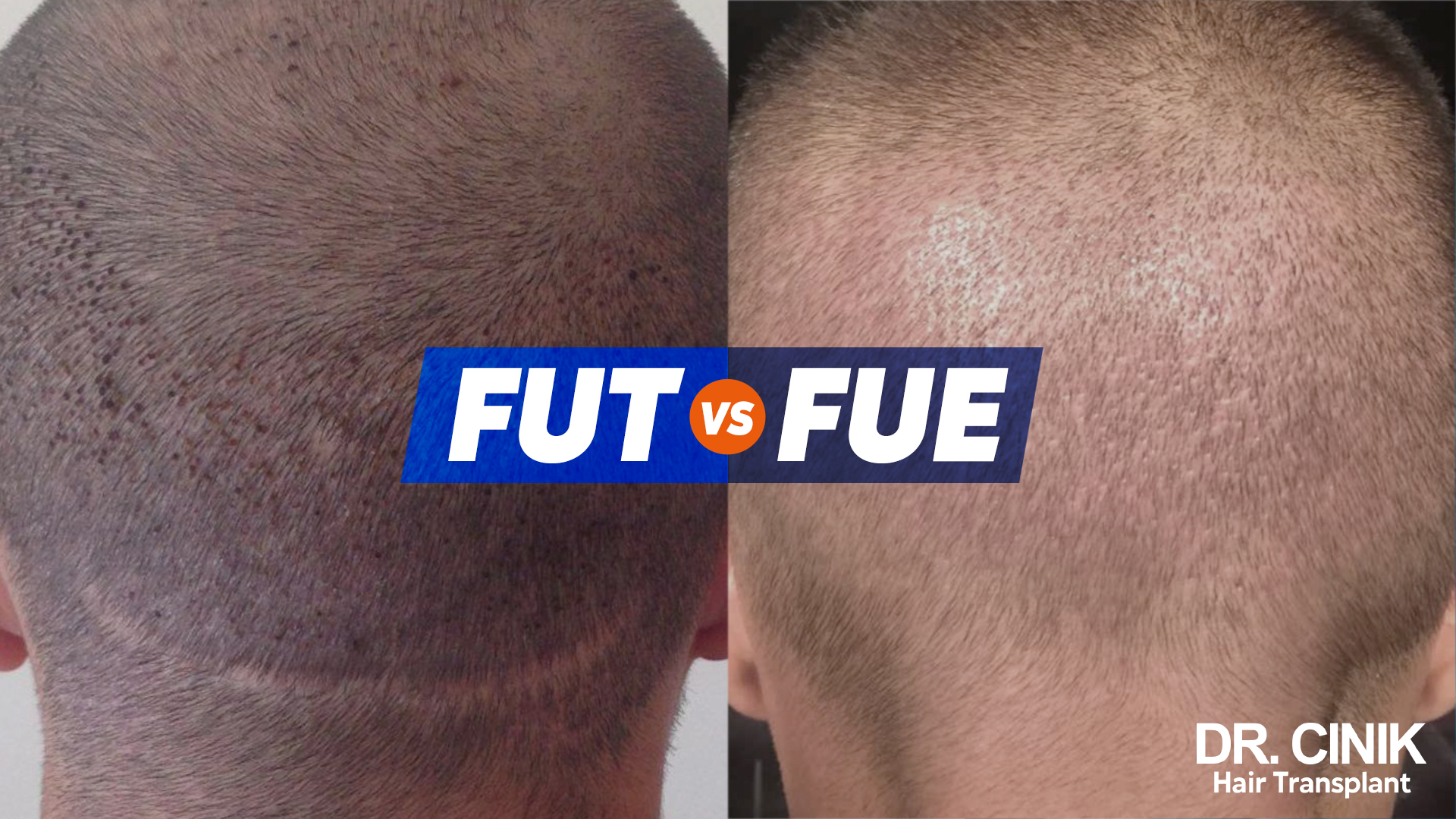
Step 6: Recipient Site Preparation and Graft Implantation
The patient is then repositioned into a sitting posture to allow straightforward access to the balding or thinning areas. The surgeon administers a local anaesthetic to the recipient area and creates small incisions with a sapphire microblade or triple-bevelled needle. These incisions mark the locations for the follicular unit implants. The prepped grafts are then carefully inserted one by one into these incisions. Each follicular unit is meticulously situated within the scalp incisions, ensuring the graft is perfectly anchored. The grafts’ orientation, angle, and distribution are finely controlled to guarantee a natural and dense end result.
Why is the FUT Hair Transplantation Method Now Considered Outdated?
Though the Follicular Unit Transplantation (FUT) technique has been extensively used and achieved satisfactory outcomes for many patients, it is now considered somewhat outdated for various reasons.
One significant issue with the FUT method is that it leaves a linear scar on the scalp after removing a strip of tissue from the donor area. This scar can become visible if the hair is worn very short, and it may also result in the donor area appearing noticeably thinner after the procedure.
The post-procedure recovery process for a FUT transplant can be more prolonged and uncomfortable compared to newer hair transplant methods such as Follicular Unit Extraction (FUE). It’s not uncommon for patients to experience discomfort or even pain in the donor area while healing.
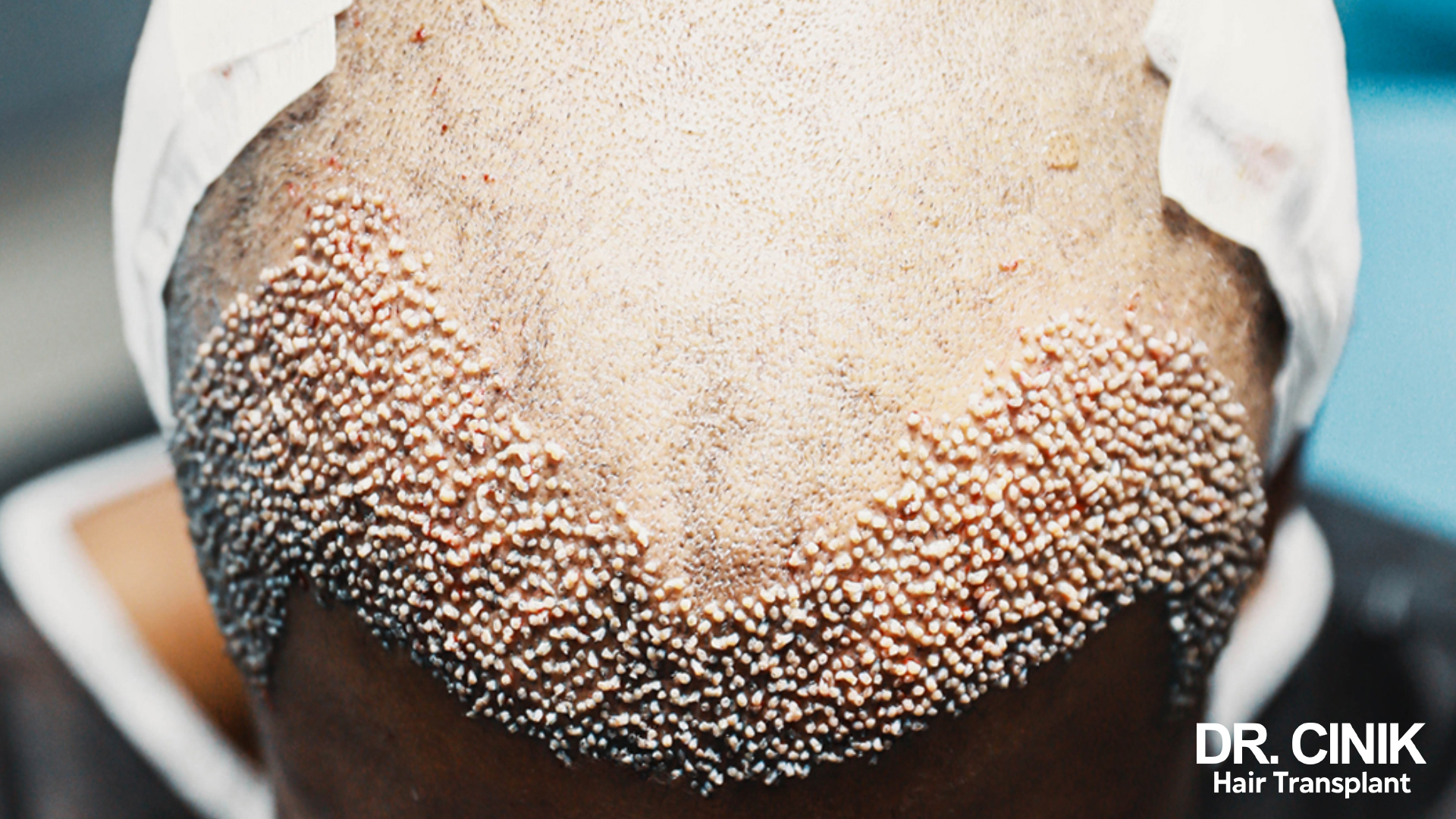
The FUT technique may adversely affect the integrity of the donor area, posing limitations for future treatments. If the scalp becomes scarred, it is no longer viable for future transplants as hair won’t grow on scar tissue. Consequently, every scar represents a potential loss of grafts that could have been useful for future hair restoration procedures.
Comparative Advantages of the FUE Technique Over the FUT Method
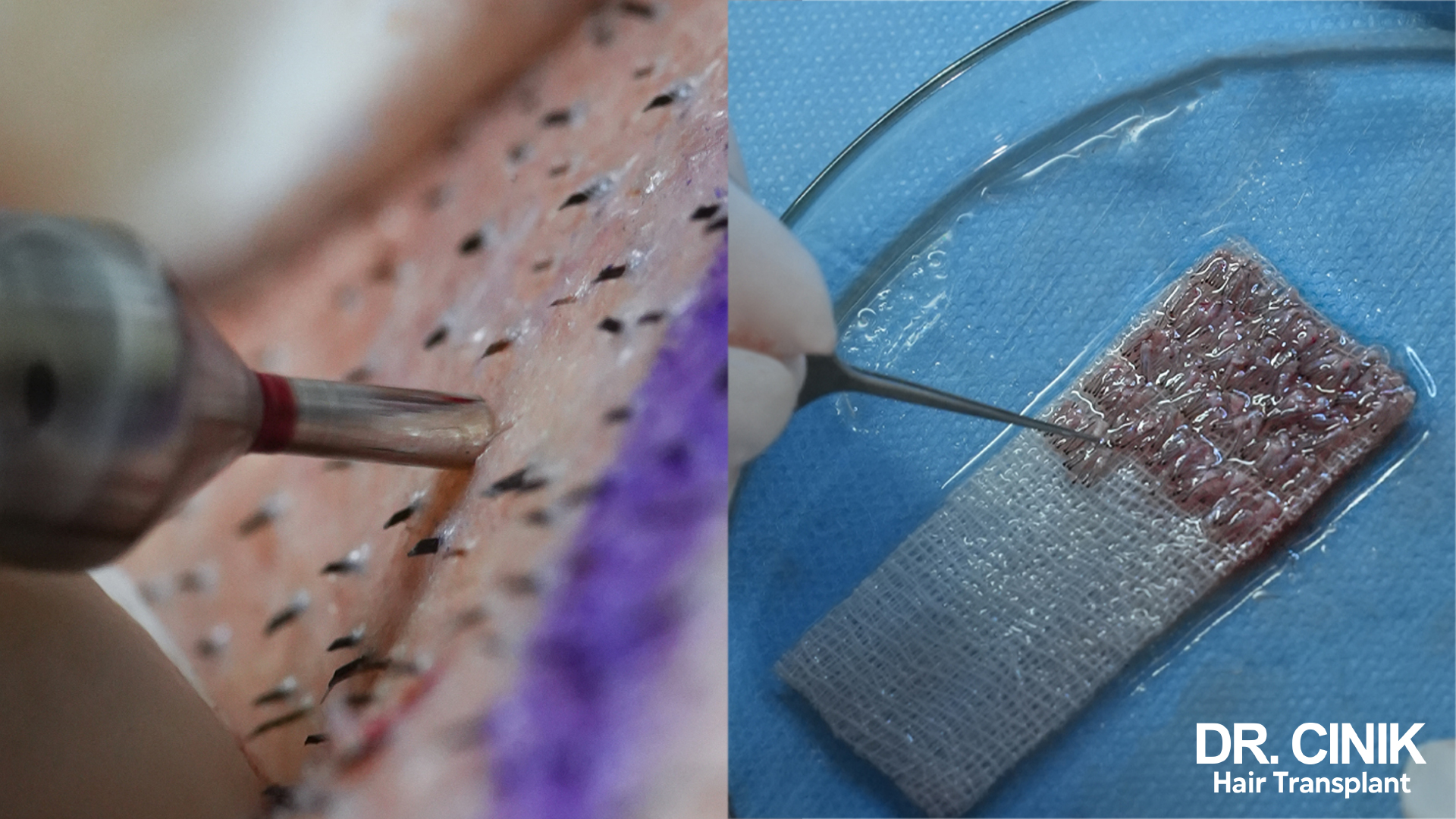
Optimal Utilization of the Donor Area
The Follicular Unit Extraction (FUE) technique presents numerous benefits over the FUT method, especially concerning donor area utilisation. The FUE method extracts hair follicles individually using a specialised device, allowing the surgeon to handpick the healthiest and most robust grafts, which can enhance the transplant’s quality and density.
The FUE method can procure grafts from varied areas of the scalp, and even from other body parts if required. This adaptability proves exceptionally beneficial for patients with a limited scalp donor area.
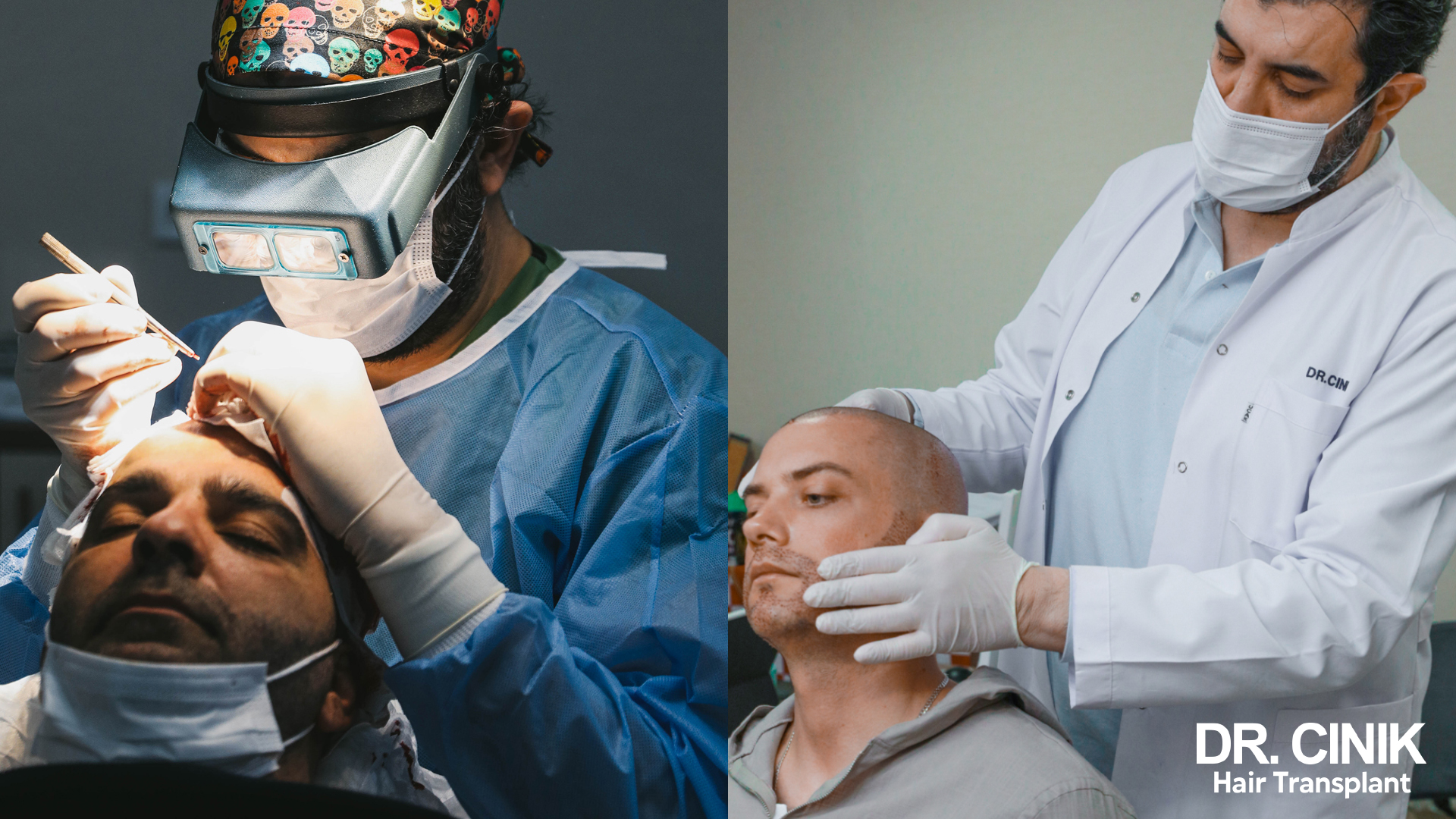
A Safer Technique
The FUE method is less invasive than the FUT approach as it doesn’t involve scalp strip removal. Instead, hair follicles are individually extracted, resulting in minimised skin damage.
Given its less invasive nature, FUE typically entails a shorter recovery period than FUT. Patients can frequently resume their regular activities faster post-FUE.
Lastly, FUE decreases the likelihood of certain complications, such as extended discomfort, infections, or tension in the donor area that might accompany FUT.
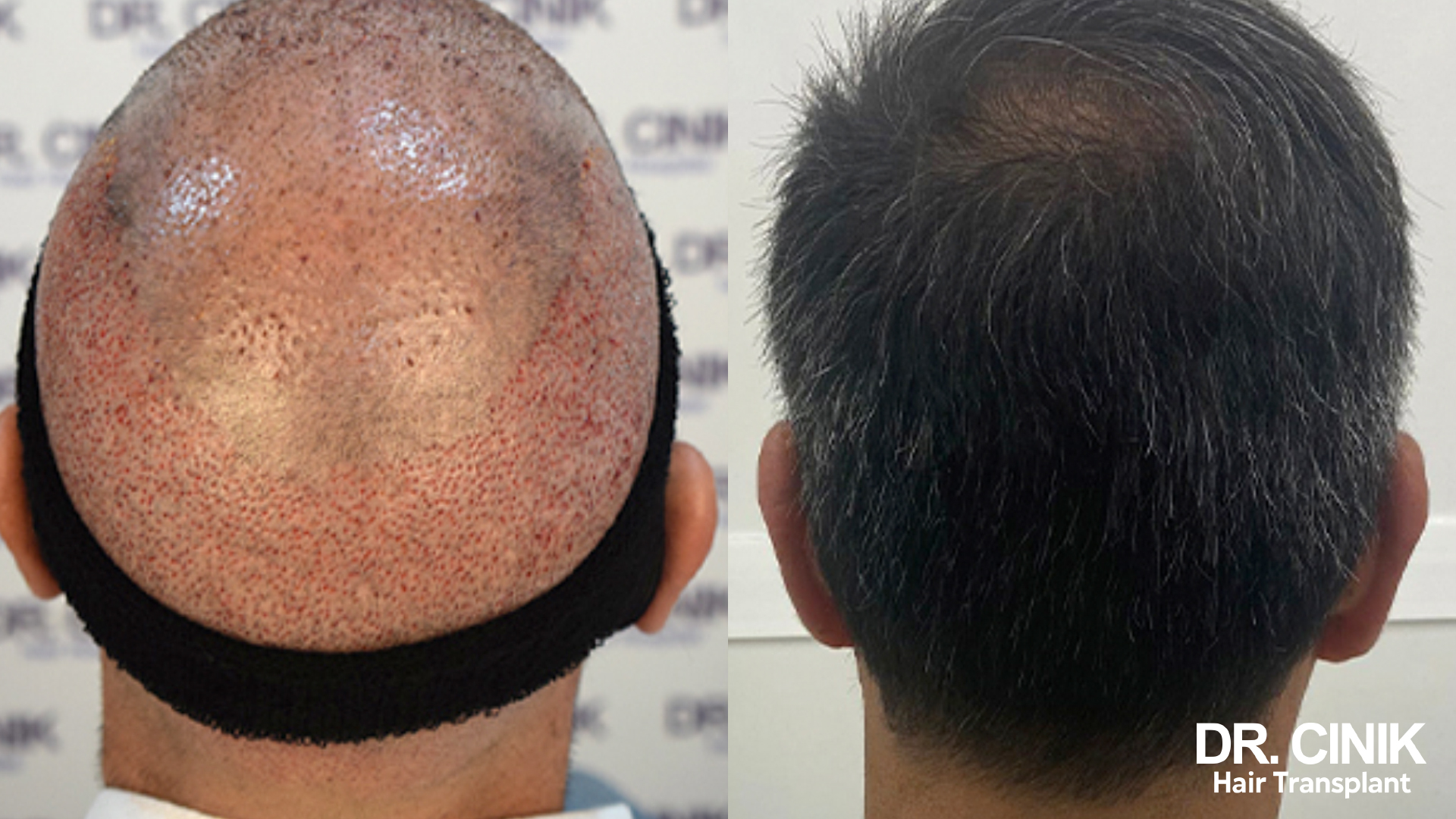
Less Conspicuous Scarring on the Donor Area
The FUE method, unlike FUT, entails the individual extraction of hair follicles. A notable advantage of FUE is the inconspicuous nature of the resultant scars, providing patients with more flexibility in their post-surgery hairstyle options, including choosing to wear their hair short.
The small scars resulting from FUE are concealed under the surrounding hair, enabling patients to sport shorter hairstyles without noticeable scars.
 en
en



